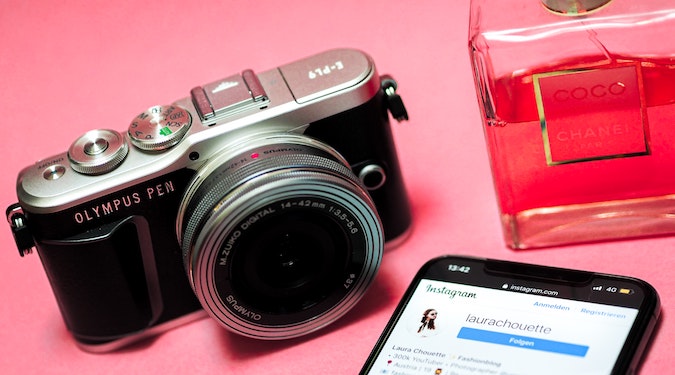Share

Following the release of the ultimate influencer program starter kit, Ayaan Mohamud, Regional Vice President, Marketing for APAC impact.com, explains how marketers can use the channel to create incremental value.
Influencer marketing has come a long way over the last few years. What started out as an experiment by brands keen to leverage the influence of popular celebrities, reality TV stars and bloggers via social media platforms, has evolved into big business for both brands and influencers alike.
By 2026, 60 percent of millennial and Gen Z consumers will prefer making purchases on social platforms. Traditional digital commerce platforms will no longer be the preference. According to Gartner, with the global influencer marketing business set to grow to approximately $16.4 billion in 2022.
From a consumer perspective, the rise of influencer marketing has been accelerated. This acceleration is from a decline in trust in digital advertising. This alongside increasing irritation at slow to load, irrelevant and intrusive ads. By contrast, influencers are able to cut through the noise to provide an authentic voice of integrity to their audience. They are trusted by their followers. They engage with them, and they produce emotionally relatable content and messaging. These directly target an audience in a way no other marketing channel can.
Unlikely social media stars
In fact, we’ve seen the gradual dialing back of the aspirational, elusive celebrity. We want a more authentic, friendly, low-key style of influencer. Even Gucci is getting in on the act. Along with North Face, the aspirational fashion brand enlisted TikTok-famous trainspotting enthusiast Francis Bourgeois to star in the collaboration’s latest ad.
View this post on Instagram
The retro ad saw Bourgeois playing a starring role as a train conductor and ticket collector. The unlikely star was on a train surrounded by models kitted out with the Gucci X North Face clothing. Savvy consumers can now sniff inauthenticity in a heartbeat. Just last week Phoebe Burgess was pilloried for a sponsored social post fail. The influencer was pictured leaving a fashion brand with a visibly empty shopping bag after pretending to shop there.
So how do brands, big and small, ensure they both ride the influencer marketing wave and avoid the pitfalls?
It can be pretty easy if you do these three things:
Get the basics right
Influencer marketing follows the same basic advertising principles of reaching the ‘‘right person at the right time, in the right place’. This means determining what type of influencer is the best fit for your desired audience. Is it a celebrity with 1 million+ followers, a macro influencer with a larger 10K+ following or a micro-influencer with less than 10K?
Influencers operate in almost every vertical imaginable and work across all social media channels. Choosing the right influencer(s) for your programme is critical, and the platform they use may prove a big factor in deciding who you choose to collaborate with. For example, Instagram remains the undisputed king of influencer marketing. Eighty-nine percent of companies spend more influencer marketing budget on Instagram than any other platform. But that doesn’t mean it is necessarily the right fit. TikTok or YouTube, for example, may better service you if short or long-form videos (respectively) are a priority.
Measure, optimise and reward
There has been a huge change in how influencers are paid. Historically, a marketer might pay an influencer a one-off fee for a social media post, but over the last 15 years that has changed, and as we move into 2022 a hybrid compensation model whereby a fixed fee is accompanied by a performance-related bonus based on campaign goals is proving increasingly popular.
This encourages long-term collaboration and alignment with the influencers that will prove successful for your business. Longevity produces highly desirable results: mature partnership programmes can generate 28 percent of a company’s total revenue in comparison to the 18 percent achieved by paid search, and also help to promote brand market share. Influencer marketing also provides the ability to pay for your collaborations via other flexible methods, including store credit, content licensing fees and gifting.
Measuring influencer marketing ROI is also developing fast. Gone are the days of counting clicks and likes. Significant advances in technology mean you can now track campaigns to a granular level. These include both revenue and total conversions as well as brand awareness, allowing for in depth analysis of your partnerships, making it easy to manage your roster of influencers.
Get the technology right
Influencer marketing enables brands to create a significantly deeper, more meaningful relationship with the consumer – but it also means that it’s important to have the right kind of technology in place to help measure (and reward) the wide-range of performance goals they are now able to achieve. Similarly, it’s impossible to grow an influencer marketing programme at scale without automation.
Hear from Savage X Fenty about how it’s driving successful business outcomes with influencer marketing.

Ayaan Mohamud is the regional vice president, Marketing for APAC.















